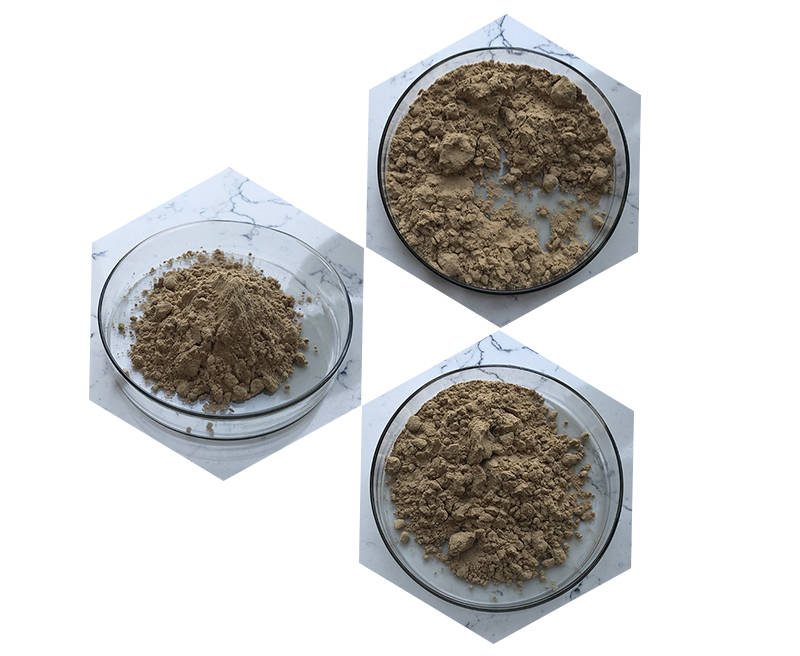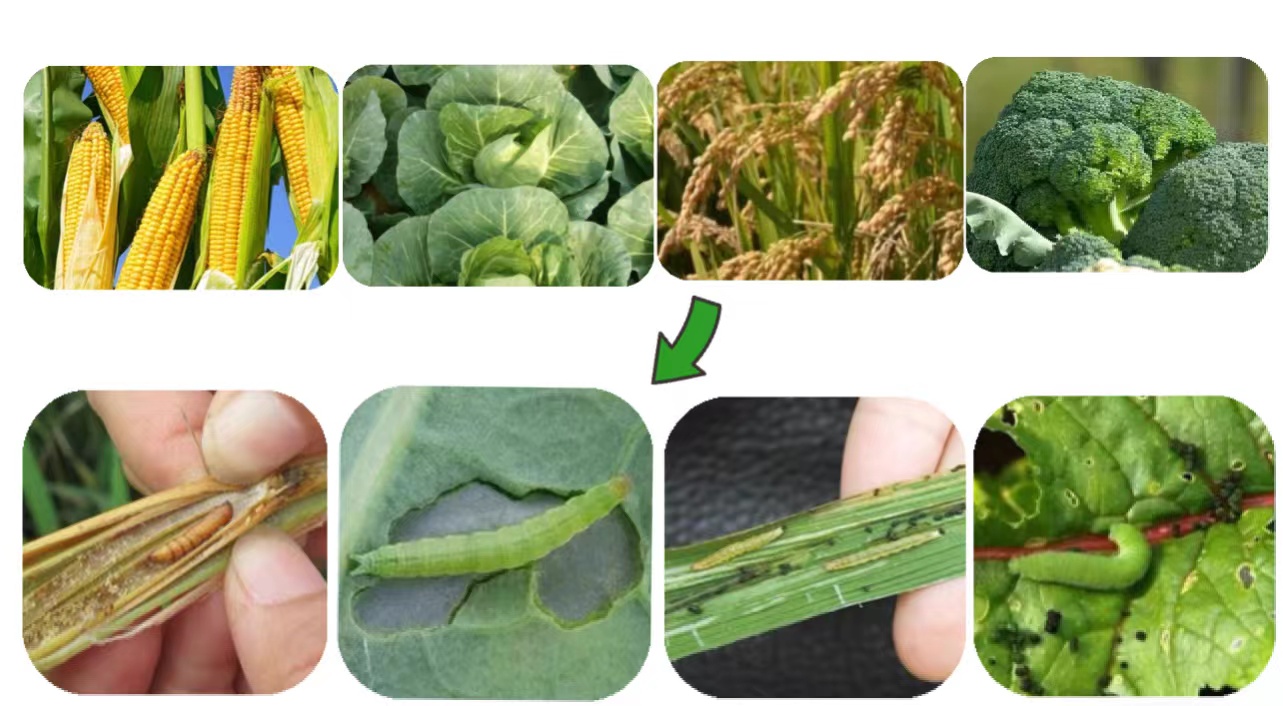Bacillus Thuringiensis (BT) is a naturally occurring soil bacterium that produces crystalline protein inclusions toxic to certain insect species. This bacterium has been widely used as a biological pesticide in agriculture, forestry, and vector control due to its specific and targeted activity against a variety of insect pests. Here are some of the key applications of Bacillus Thuringiensis:

Agricultural Pest Control: Bacillus Thuringiensis-based biopesticides are commonly used in organic and conventional farming to control insect pests that attack crops. These pests may include caterpillars, beetles, and mosquitoes. The biopesticides are sprayed onto plants, and when the insects feed on the treated vegetation, they ingest the Bacillus Thuringiensis toxin, leading to their death.
Forestry: Bacillus Thuringiensis is used in forestry to protect trees from defoliating pests, such as gypsy moths and spruce budworms. Spraying Bacillus Thuringiensis-based products on forests can help reduce the damage caused by these pests, preserving the health of the trees and the overall ecosystem.
Vector Control: Bacillus Thuringiensis has been employed to control disease-transmitting vectors, particularly mosquito species like Anopheles and Aedes mosquitoes that spread malaria, dengue fever, and Zika virus. Bacillus Thuringiensis formulations are applied to mosquito breeding sites like stagnant water, where the larvae consume the toxin and die before becoming adults.
Insect Resistance Management: Bacillus Thuringiensis crops, also known as genetically modified (GM) crops, have been developed to express the Bacillus Thuringiensis toxin in their tissues. These genetically modified crops offer built-in pest resistance, protecting them from specific insect pests without the need for frequent pesticide applications. However, it is essential to employ proper insect resistance management strategies to prevent pests from developing resistance to Bacillus Thuringiensis toxins.
Public Health: Bacillus thuringiensis var. israelensis (Bti) is a subspecies of Bacillus Thuringiensis that is used for mosquito control in urban areas and water bodies to reduce the risk of mosquito-borne diseases, such as malaria, dengue, and West Nile virus.

Insecticidal mechanism of Bacillus Thuringiensis
Bacillus Thuringiensis (BT) is a gram-positive, soil-dwelling bacterium that is well-known for its insecticidal properties. It produces a group of insecticidal proteins known as “Cry toxins” (crystal toxins) or “delta-endotoxins.” These Cry toxins are responsible for the bacterium’s ability to target and kill specific groups of insect pests. The insecticidal mechanism of Bacillus Thuringiensis can be summarized as follows:
1.Ingestion by the target insect: Bacillus Thuringiensis produces crystals containing the Cry toxins during its sporulation phase. When insects come into contact with these crystals on plant surfaces, they may ingest them while feeding on the plant material.
2.Activation in the insect midgut: Once inside the insect’s digestive system (midgut), the Cry toxins become activated in response to the alkaline pH environment found in the midgut. This activation step is crucial for the toxicity of the Cry toxins.
3.Specificity: Each Cry toxin produced by Bacillus Thuringiensis targets a particular group of insects. Different Cry toxins are effective against various pest species, making Bacillus Thuringiensis-based insecticides specific to their target pests and environmentally friendly since they have minimal impact on non-target organisms.
4.Mode of action: The activated Cry toxins bind to specific receptors on the midgut epithelial cells of the target insect. These receptors are often specific to particular insect species or groups, further enhancing the selectivity of Bacillus Thuringiensis-based insecticides.
5.Pore formation and cell lysis: Once bound to the receptors, the Cry toxins insert themselves into the cell membrane of the midgut epithelial cells, forming pores. This disrupts the integrity of the cell membrane, causing cell swelling and lysis (bursting).
6.Disruption of gut function: The lysis of midgut epithelial cells leads to the disruption of normal gut function, resulting in the loss of osmotic balance and leaking of gut contents into the insect’s body cavity.
7.Septicemia and death: As a consequence of the gut disruption, the insect suffers from septicemia (bacterial infection in the hemocoel). Bacterial proliferation within the insect’s body eventually leads to the death of the insect.

It is important to note that Bacillus Thuringiensis and its Cry toxins have been widely used in organic and integrated pest management strategies due to their specificity and low toxicity to non-target organisms, including humans and other animals. However, as with any insecticide, it is essential to use them responsibly and follow recommended application guidelines to avoid potential issues of resistance development in insect populations.
